How to Write a Chord Progression: Songwriting for Guitar
How to write a chord progression is something that will level up your guitar-playing ability. We all love strumming through our favourite songs. Chords are the foundations, the building blocks of music. Regardless if it’s Janis Joplin or Justin Bieber, chords matter! Let’s look at songwriting for guitar.
How to Write a Chord Progression: Songwriting for Guitar
Songwriting can be a confusing and mystical art. But it doesn’t have to be! Making music isn’t always about a previous partner that made your life miserable… Songwriting for guitar should be about expressing your creative musical ideas through your instrument.
We’re going to look at how to write a chord progression, using the guitar. Overall, getting the most out of your instrument.
Keys
Firstly, there are 12 keys that we can choose from. But what is a key? They are a group of pitches that form a musical composition. It may seem elementary, but it is useful to know what keys there are to work with.
Starting at the 1st fret of the low E string, we can identify our keys: F, F#, G, G#, A, Bb, B, C, C#, D, Eb, E. This order is worth remembering, as it replicates the fretboard on the guitar. When songwriting for guitar, we can only use chords that fall within a chosen key.
Each of these respective keys has 7 chords. Which is one for every note in the scale. Each harmonised chord in the scale follows a set order, and this determines which chords we can use.
Finding the Chords in a Key
In terms of how to write a chord progression, this is where we establish what chords we can use. We need to identify what chords are in our chosen key. Here, we’re going to select G major.
The harmonised chords of major scale follow this order starting from the route: major, minor, minor, major, major, minor, diminished. This categorization refers to the type of chord, whether it is major or minor.
However, to be able to look at getting the correct order, we must first understand the intervals between the major and minor chords in the scale.
Tones and Semitones – How to Write a Chord Progression
These are the intervals between notes and chords. They are important for establishing the order of the chords in our progression.
A tone is a distance of two notes, or on guitar, two frets. Therefore, G – A, 3rd to 5th fret, would be one tone apart. Contrastingly, a semitone is half that distance, thus G – G#, 3rd to 4th fret, is the distance of one semitone.
When finding the chords in our key of G major, we need to space out the chords with the major and minor pattern, with the following intervals:
- Tone
- Tone
- Semitone
- Tone
- Tone
- Tone
- Semitone
Orders
Great! Now, we’ve got a list of chords that we can choose from in our key of G major. In theory, all of these chords will work in any order. However, there are some orders that work better than others when we are looking at how to write a chord progression.
Each of these chords has its own number. For example, G is chord one, and D is chord five. We display these as Roman numerals. The order in which you place these chords has an overall effect on the feel of your chord progression.
Typically, a pop song has the order I, V, vi, IV. In our key of G, this progression would be G, D, Em and C. Moreover, a blues progression in G consists of G, C and D, I, IV and V. Generally, you can take any order you wish when songwriting for guitar.
You are currently viewing a placeholder content from YouTube. To access the actual content, click the button below. Please note that doing so will share data with third-party providers.
Structures
Finally, for how to write a chord progression, we going to look at structures. This is what order our chords will go in throughout our composition.
It’s entirely up to you when songwriting for guitar. But usually, you need at least a verse and a chorus. We refer to this as a ternary form. Whereby, we have an A section, a contrasting B session, followed by another A section. Arguably, one of the simplest forms of composition.
Admittedly, there are plenty of other structures in a song. However, we’re just looking at the foundations of how to write a chord progression here. Nevertheless, in our key of G major, I have taken an order of chords to form the A and B sections of a theoretical composition. Take a look!
How to Write a Chord Progression: Benefits?
Knowing how to piece together a chord progression is vital for your guitar-playing journey! Despite if you’re not interested in becoming the next Bob Dylan, knowing just some composition techniques are very important.
Overall, you’ve got the foundations to create some of your own chord progressions. So what if they just sit on a piece of paper for years? You never know, your creativity may just be a number-one hit!
Further Information:
Videos:
You are currently viewing a placeholder content from YouTube. To access the actual content, click the button below. Please note that doing so will share data with third-party providers.
You are currently viewing a placeholder content from YouTube. To access the actual content, click the button below. Please note that doing so will share data with third-party providers.
One response to “How to Write a Chord Progression: Songwriting for Guitar”

 4,6 / 5,0 |
4,6 / 5,0 | 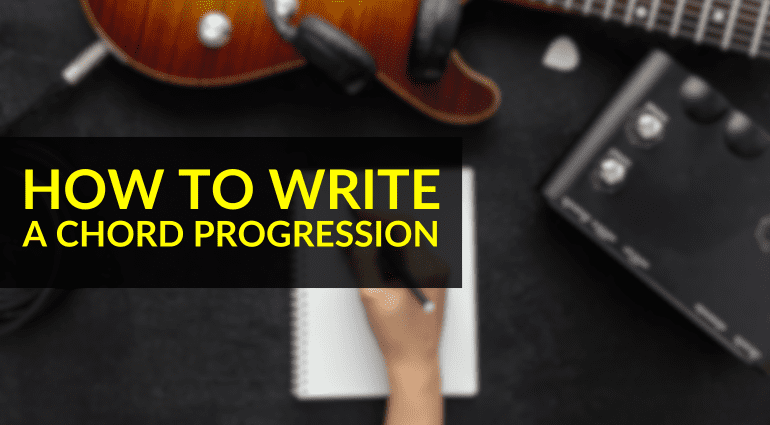

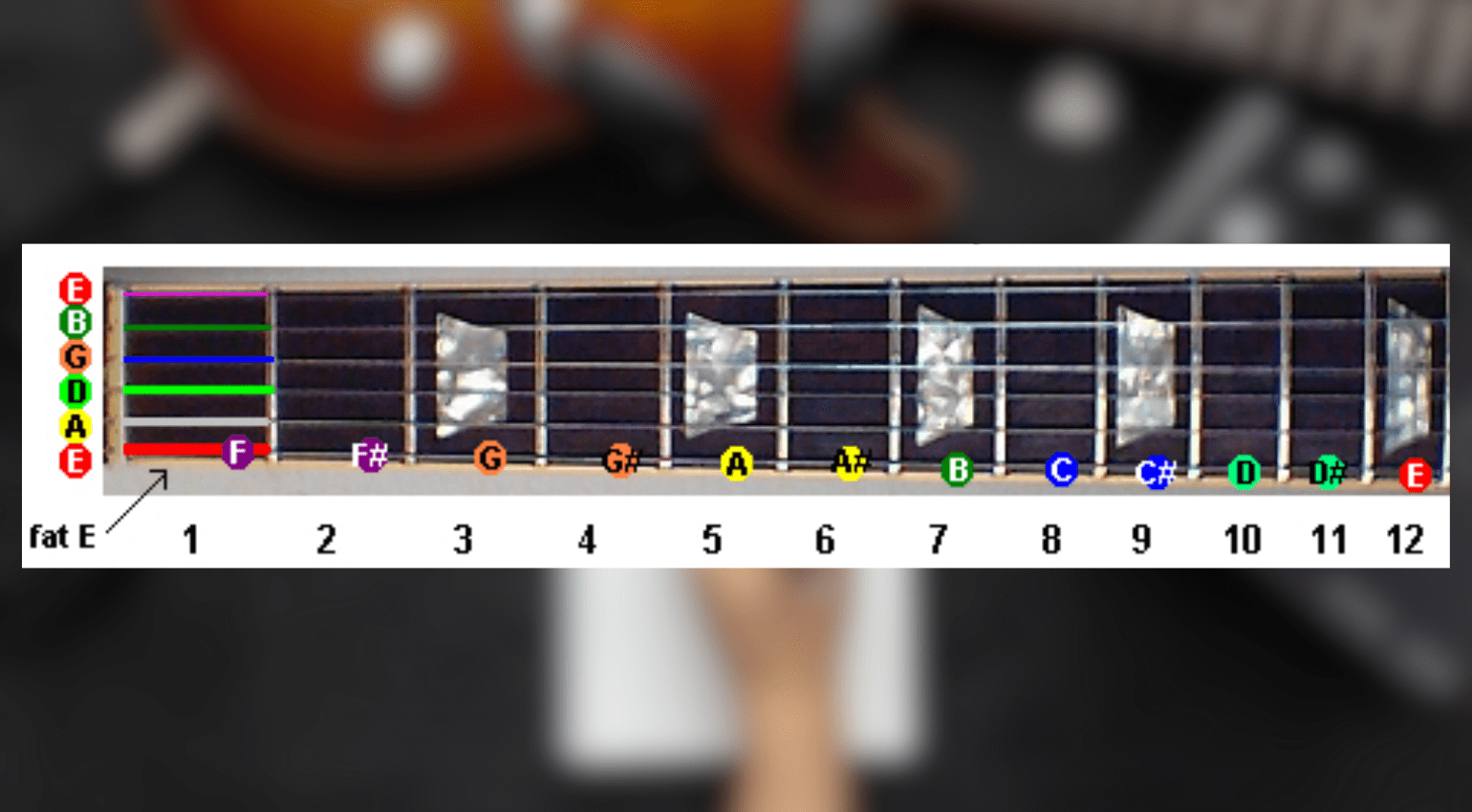

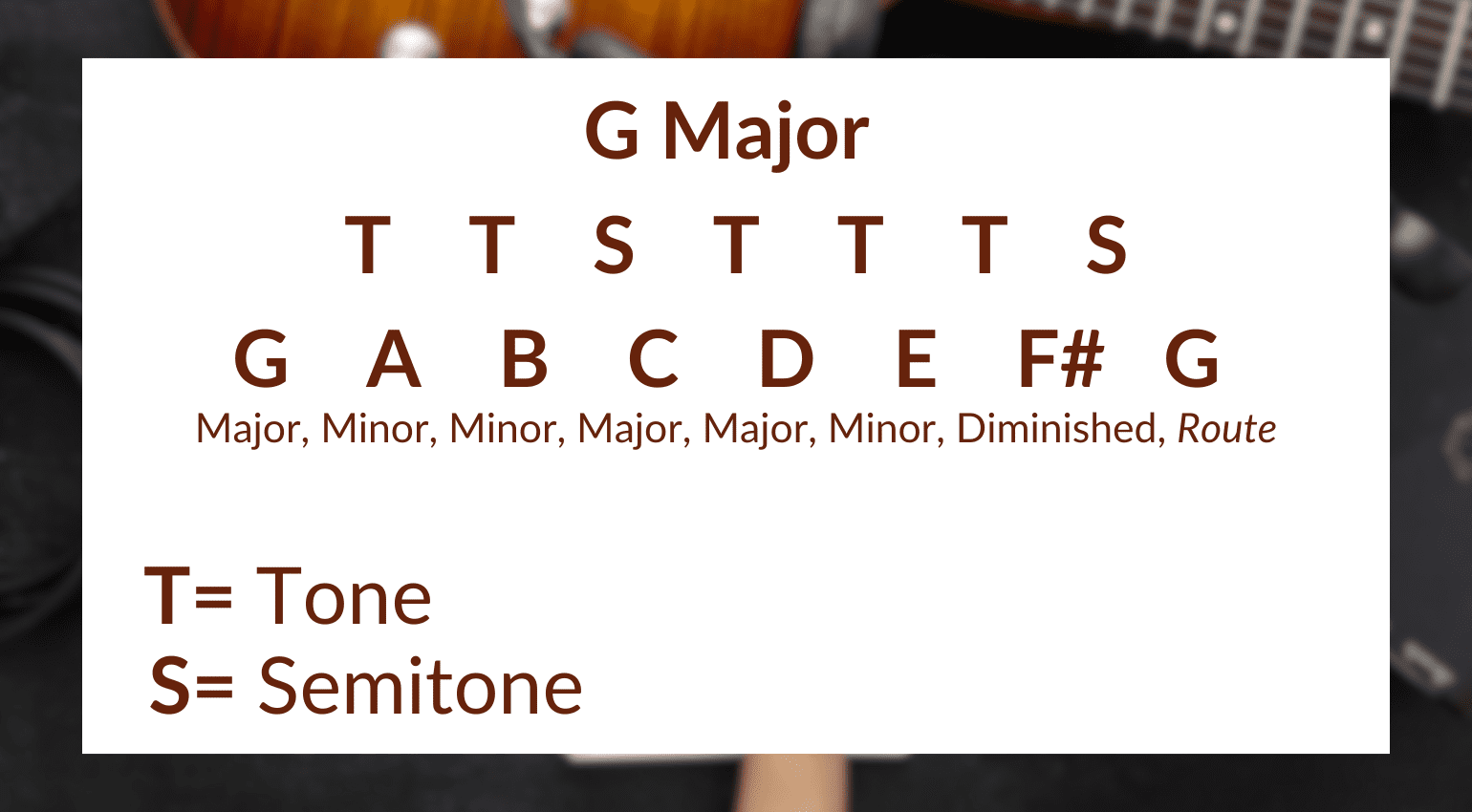

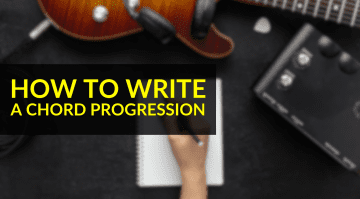

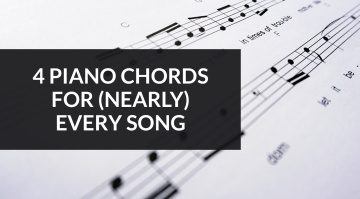

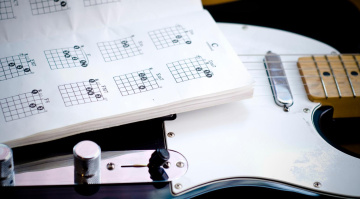

Great